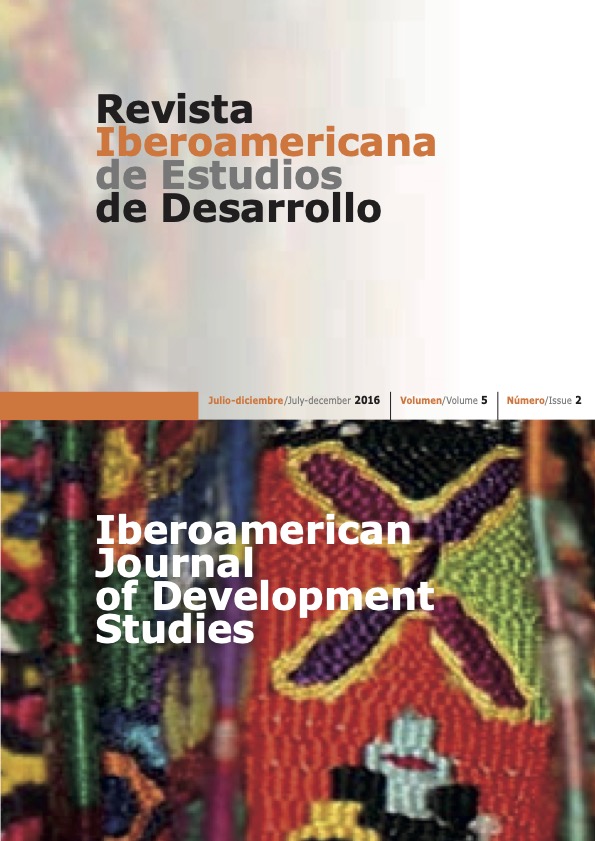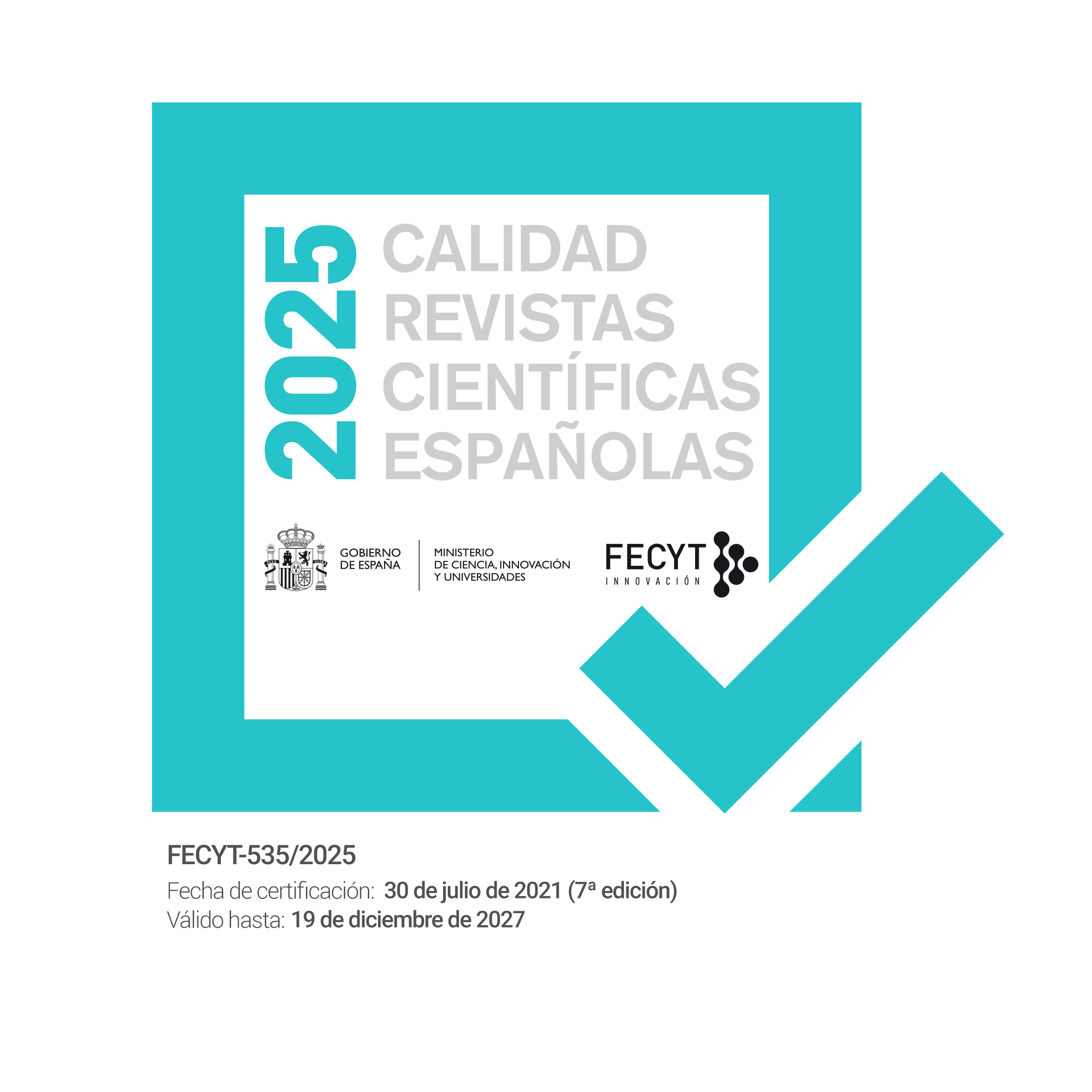Los procesos políticos en torno al saneamiento rural: el caso del SanToLiC en la India
DOI:
https://doi.org/10.26754/ojs_ried/ijds.205Palabras clave:
saneamiento, India, Saneamiento Total Liderado por la Comunidad, proceso político, economía políticaResumen
En el marco de una inefectiva campaña de saneamiento rural del Gobierno indio, a finales de los 2000 diversos actores intentaron introducir un innovador enfoque participativo llamado Saneamiento Total Liderado por la Comunidad (SanToLiC). Sin embargo, estos esfuerzos se enfrentaron a unos procesos políticos complicados que determinaron su desempeño.
En esta investigación se analizan estos procesos utilizando el bloque de Budni en el Estado de Madhya Pradesh como caso de estudio, mediante un marco teórico centrado en narrativas políticas, agentes e intereses.
Los esfuerzos por introducir el SanToLiC en Madhya Pradesh fueron estériles pues ponían en riesgo los intereses de agentes importantes. Sin embargo, el bloque de Budni fue una excepción. A través de la colaboración de dos agentes clave —un alto funcionario del bloque y Unicef— que supieron promover la narrativa SanToLiC con éxito y manejar estratégicamente los intereses, se logró implementar una campaña de saneamiento coherente con el SanToLiC.
Descargas
Referencias
ACHIRO B (2008). LeaPPS Uganda: Community Health Clubs. IRC.
BELL BJ (2011). Homing in on Household Sanitation Access-Usage Gaps: A Comparative Study of Sustainability and Equitability Aspects of the Total Sanitation Campaign in Northern India. Master thesis. Faculty of Geosciences Theses, Utrecht University.
BLACK M (1998). 1978-1998 Learning What Works: A 20 Year Retrospective View on International Water and Sanitation Cooperation. Washington: UNDP-World Bank Water and Sanitation Program.
BLACK M, FAWCETT B (2008). The Last Taboo. Opening the Door on the Global Sanitation Crisis. Earthscan. Londres.
CHAMBERS R (2009). Going to Scale with Community-Led Total Sanitation: Reflections on Experience, Issues and Ways Forward. Institute of Development Studies.
DFID (2009). Political Economy Analysis How to Note, A Practice Paper. Londres: Department for International Development.
DUBOIS O (2008). Procesos normativos ‒ Parte 1: Interpretación de los procesos normativos. FAO.
DUNCAN A, WILLIAMS G (2010). Making Development Assistance More Effective by Using Political Economy Analysis: What Has Been Done and What Have We Learned? The Policy Practice. Brighton.
GODFREY A (2008). Situation Assessment of the Supply Market for Rural Sanitation in Himachal Pradesh and Madhya Pradesh. Water and Sanitation Program.
GOVERNMENT OF INDIA (2001). Central Rural Sanitation Programme: Total Sanitation Campaign. Nueva Delhi: Department of Drinking Water Supply, Ministry of Rural Development.
GOVERNMENT OF INDIA (2004). Guidelines on Central Rural Sanitation Programme: Total Sanitation Campaign. Nueva Delhi: Department of Drinking Water Supply, Ministry of Rural Development.
GOVERNMENT OF INDIA (2011). Towards Nirmal Bharat. Rural Sanitation and Hygiene Strategy 2010-2022. Department of Drinking Water and Sanitation. Ministry of Rural Development. Government of India.
GOVERNMENT OF INDIA (2012). Census of India 2011. Houses, Household Amenities and Assets. Latrine Facility. Government of India.
HARRIS D, KOOY M, JONES L (2011). Analysing the governance and political economy of water and sanitation. Working Paper 334. Londres: Overseas Development Institute.
HUESO A (2013). Pathways to Sustainability in Community-Led Total Sanitation. Experiences from Madhya Pradesh and Himachal Pradesh. Valencia: Universitat Politècnica de València.
HUESO A, BELL B (2013). An Untold Story of Policy Failure: The Total Sanitation Campaign in India. Water Policy. Vol. 15(6):1001-1017.
KAR K, CHAMBERS R (2008). Handbook on Community-Led Total Sanitation. Institute of Development Studies/PLAN International.
KEELEY J, SCOONES I (2003). Understanding Environmental Policy Processes: Cases from Africa. Earthscan. Londres.
KHANNA A, KHANNA C (2005). Water and Sanitation in Madhya Pradesh: A Profile of the State, Institutions and Policy Environment. WaterAid India.
KNOWLEDGE LINKS (2011). Mapping CLTS in India: Terrain and the Trajectory (en prensa).
KRAUSE M (2007). The Political Economy of Water and Sanitation in Developing Countries: Cross-Country Evidence and a Case Study on Colombia. PhD dissertation. Justus-Liebig-Universität Gießen.
KUMAR N, SHUKLA JP (2011). CLTS in the context of a countrywide programme in India: Public good, private good? En: L Mehta y S (eds.). Shit Matters. The Potential of Community-Led Total Sanitation. Practical Action Publishing. Rugby.
LOVE A (2004). Implementation evaluation. En: JS Wholey, HP Hatry y KE Newcomer (eds.). The Handbook of Practical Program Evaluation. San Francisco, CA: 2.nd Jossey-Bass.
MCCONVILLE J (2008). Assessing Sustainable Approaches to Sanitation Planning and Implementation in West Africa. Estocolmo: Royal Institute of Technology.
MCGEE R (2004). Unpacking Policy: Actors, Knowledge and Spaces. En: K Brock, R McGee y J Gaventa (eds.). Unpacking Policy: Knowledge, Actors and Spaces in Poverty Reduction in Uganda and Nigeria. Brighton: Fountain Publishers.
MOOIJMAN A, SNEL M, GANGULY S, SHORDT K (2010). Strengthening Water, Sanitation and Hygiene in Schools – A WASH Guidance Manual with a Focus on South Asia. The Hague, Holanda: IRC International Water and Sanitation Centre.
ROBINSON A, RAMAN RK (2008). Enabling Environment Assessment for Scaling Up Sanitation Programs: Madhya Pradesh, India. Water and Sanitation Program.
SIMPSON-HEBERT M, SAWYER R, CLARKE L (1997). The Phast Initiative: Participatory Hygiene and Sanitation Transformation. A New Approach to Working with Communities. WHO and UNDP/World Bank Water and Sanitation Program.
UN-WATER (2008). Tackling a Global Crisis: International Year of Sanitation 2008. UN-Water.
WATER AND SANITATION PROGRAM (2007). Community-Led Total Sanitationin Rural Areas: An Approach that Works. Field note. Water & Sanitation Program.
WATER AND SANITATION PROGRAM (2012). What is Sanitation Marketing? [en línea]. http://www.wsp.org/wsp/toolkit/what-is-sanitation-marketing .
WATERAID (2008). Feeling the Pulse: A Study of the Total Sanitation Campaign in Five States. WaterAid India.
WHO, UNICEF (2012). Progress on Drinking Water and Sanitation: 2012 Update. Ginebra: WHO/UNICEF Joint Monitoring Programme for Water Supply and Sanitation.
WHO, UNICEF (2015). Progress on Sanitation and Drinking Water – 2015 update and MDG assessment. Ginebra: WHO/UNICEF Joint Monitoring Programme for Water Supply and Sanitation.
WOLMER W (2006). Understanding Policy Processes: A Review of IDS Research on the Environment. Brighton: Institute of Development Studies.
WSP SANITATION GLOBAL PRACTICE TEAM (2011). The Political Economy of Sanitation: How can we increase investment and improve service for the poor? Water and Sanitation Program.
WSSCC (2010). Hygiene and Sanitation Software. An Overview of Approaches. Ginebra: Water Supply and Sanitation Collaborative Council.
Descargas
Publicado
Número
Sección
Licencia
Derechos de autor 2016 Andrés Hueso, Álvaro Fernández-Baldor

Esta obra está bajo una licencia internacional Creative Commons Atribución-NoComercial-SinDerivadas 4.0.






